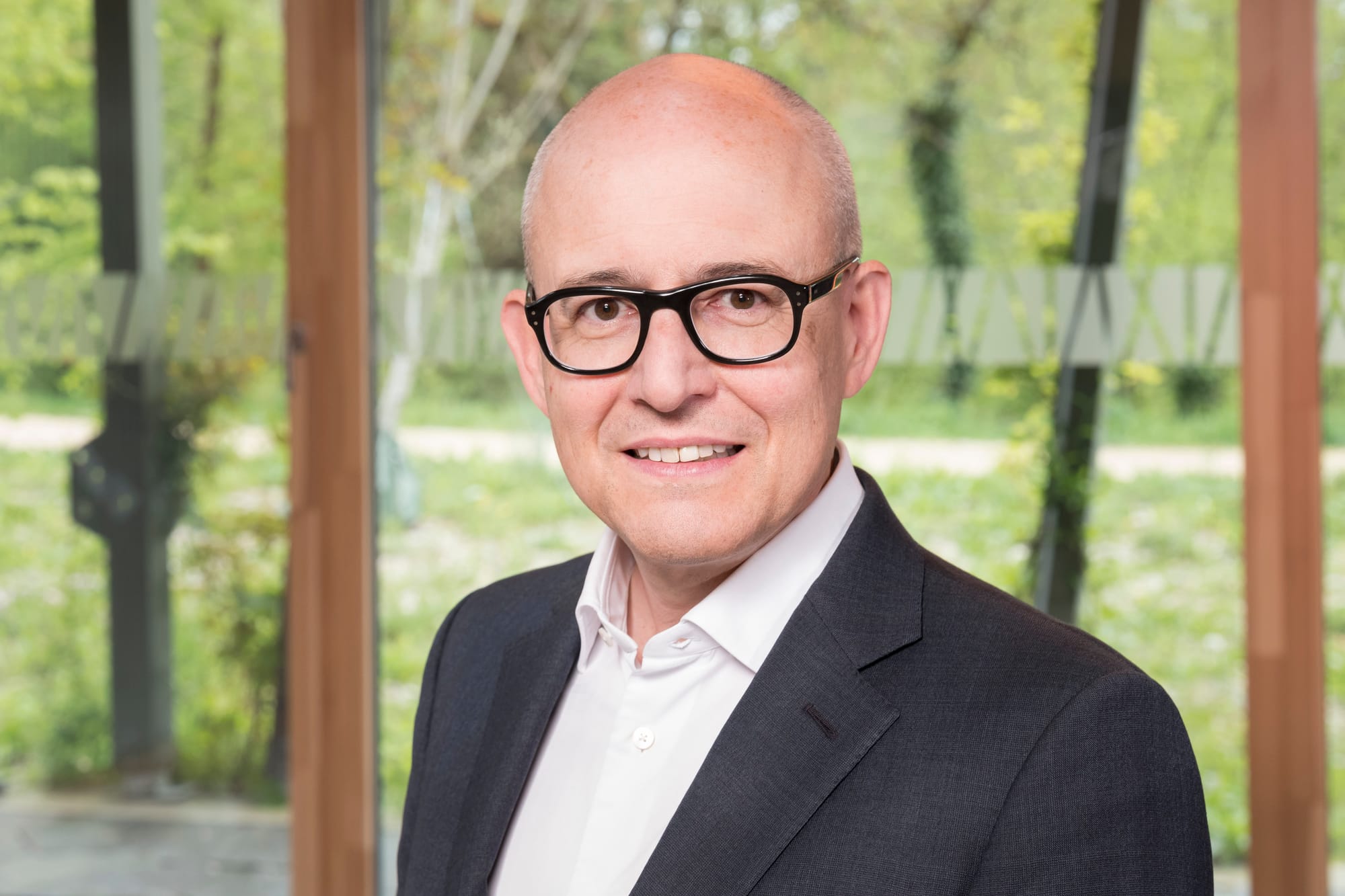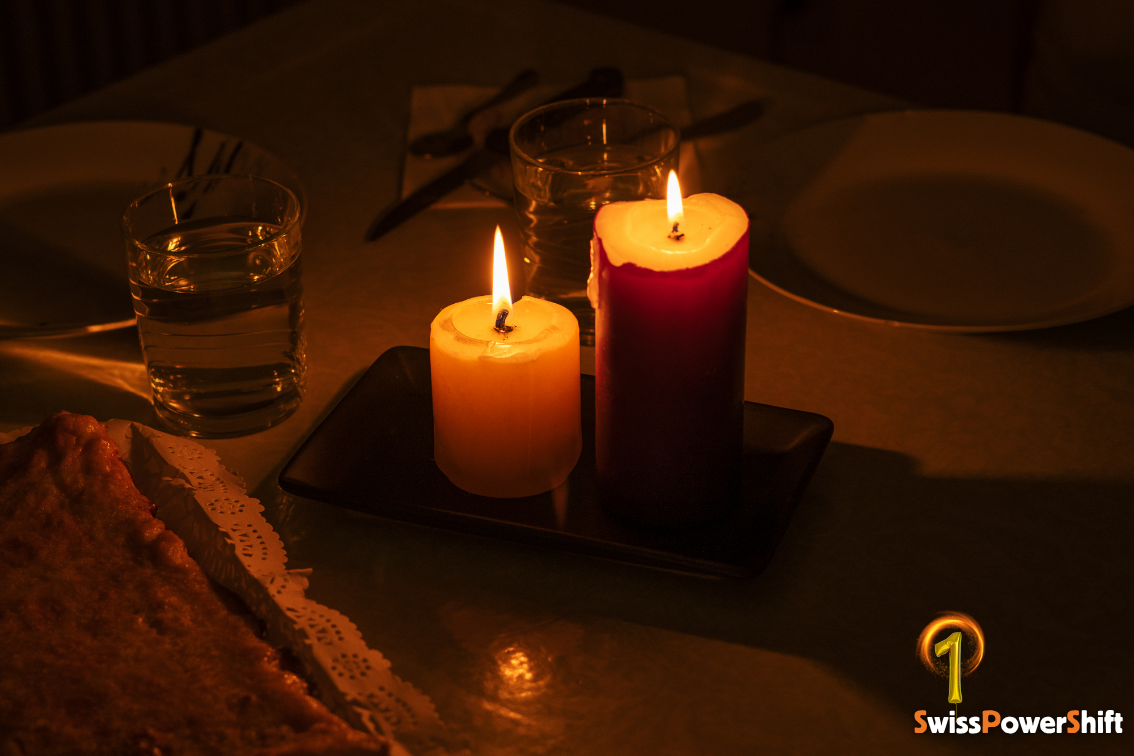At the end of September, The Federal Chancellery announced that the federal popular initiatives “Against the destruction of our forests by wind turbines (initiative for the protection of forests)” and “For the protection of direct democracy with regard to wind farms (initiative for the protection of municipalities)” have been formally successful.
Filed on 25 July 2025, the two texts aim to regulate even more strictly the development of wind installations in Switzerland. In a country where wind energy still struggles to establish itself — Switzerland currently has only 47 wind turbines in operation, compared with more than 1,400 in Austria — the obstacles are multiplying.
It is in such a context that we began a whole series of interviews dedicated to the question of wind power in Switzerland. Here is the second installment with Michèle Cassani, spokesperson for Romande Energie.
In light of the successful filing of the two latest initiatives focused on wind power, a first question arises: does this energy source really have a future in Switzerland?
These two initiatives are not intended to ban wind projects, but to more strictly regulate their siting. One might think this is a showdown between landscape protection and the energy transition. However, Switzerland pays particular attention to respecting biodiversity, and even WWF supports the development of wind power when it is sited in nature-respecting areas.
It is nevertheless important to distinguish between clearing and deforesting an area. The objective is not to remove the forest, but to adapt the space at specific points to allow the construction of a wind farm, while preserving natural habitats as much as possible. Reforestation measures, environmental compensation or restoration are generally planned from the project design stage and then implemented once the works are completed.
Wind energy remains an extremely relevant and valuable renewable energy source. In addition to reducing dependence on electricity imports, especially in winter, it ideally complements solar and hydro, producing nearly two-thirds of its electricity between October and March, day and night. We are talking here about an energy mix in which wind clearly has its place.
How can such an anti-wind momentum be explained in our country?
Switzerland is renowned for its postcard-worthy mountain landscapes. Nevertheless, thanks to its topography, it offers areas suitable for the installation of wind turbines, notably on the ridges of the Jura, in the Prealps and in the alpine valleys.
It is therefore understandable that a portion of the population is reluctant to see these large white masts rise in such landscapes. Added to this is probably a lack of awareness of the need to develop and accelerate the production of renewable energies, of which wind is an integral part.
Even though the Confederation, with its recent revisions, aims to accelerate them, it seems unlikely that Switzerland will reach 400 installations in the next five years.
Switzerland aims to install around 1,000 wind turbines by 2050 as part of its energy mix. But in view of the current context, doesn’t that figure seem out of reach?
Indeed, starting from the 47 wind turbines currently in operation in our country, this number may seem unattainable. But that does not take technological progress into account: wind turbines allow for ever greater energy production.
According to Suisse Éole, around 400 turbines would be necessary by 2030 to meet the 2050 Energy Strategy, which ultimately foresees between 760 and 800. It is nonetheless undeniable that this number cannot be reached given the number of construction sites underway — namely only one, at the Sur Grati site, near Vallorbe.
Added to this is the slowness of procedures. Even though the Confederation, with its recent revisions, aims to accelerate them, it seems unlikely that Switzerland will reach 400 installations in the next five years. But by 2050, with a simplification of procedures and greater public acceptance, we could probably reach the capacity targeted by the 2050 Energy Strategy: raising wind’s share from 0.3% to about 7% of national production.
How are your own wind projects doing at Romande Energie?
Our Sainte-Croix wind farm has been in operation since the beginning of 2024. It meets our production estimates while respecting the environmental measures set by the operating authorization. The first reports are extremely positive, particularly regarding avian fauna. As for the Provence (VD) project, it is currently in the preliminary review phase with the Canton. We are hopeful to be able to put it out for public consultation in the coming months.
Wouldn’t it be better to finance wind projects abroad, where procedures face fewer obstacles, and then import that energy into Switzerland?
We have already been doing that for about ten years, through our subsidiary Romande Energie France, which manages four wind farms, a solar plant and eight hydroelectric plants. We are also a shareholder in EOS Holding, which invests heavily abroad, due to the inability to do so in Switzerland. Note that energy produced outside our borders is injected directly into local electrical grids for immediate use.
In September, the Federal Chambers adopted the law aimed at accelerating procedures for renewable energies. Could that give wind power a bit of momentum in Switzerland?
It is clear that this law should allow several years to be gained in the development of a wind project, and we are firmly awaiting its entry into force. The many wind project developers in Switzerland will also welcome this acceleration, which should make it possible to reach a production potential of 29.5 TWh per year by 2050, more than 60% of which in winter. It is also worth recalling the seasonal complementarity of wind: nearly two-thirds of production occurs between October and March, while hydro and solar produce more during the summer.
How can the wind question be relaunched in Switzerland? How can we overcome the famous “NYMBY” (Not In My Backyard) and “BANANA” (Build Absolutely Nothing Anywhere Near Anything) syndromes?
The Confederation, like the cantons, are increasingly showing their support for wind energy, starting from the assumption that parks producing more than 20 GWh per year are considered of national interest. The country’s topography means that the windiest areas are on the ridges and outside densely populated urban regions. It is therefore normal that projects are located in these sparsely anthropized areas.
If we want to succeed in our energy transition and respect the 2050 Energy Strategy that the people voted for in 2017, we will have to make some concessions. These would be similar to those made by the Swiss during the construction of hydroelectric dams, which have today become excursion destinations. These reservations are understandable, but they must not hinder progress or the Confederation’s objectives.
This article has been automatically translated using AI. If you notice any errors, please don't hesitate to contact us.




